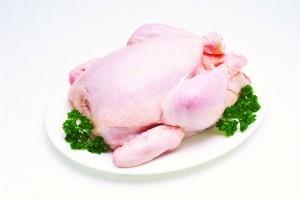The Food Standards Agency (FSA) has published the results from its survey on campylobacter bacteria in fresh shop-bought chickens. The results reveal a decrease in the number of birds with the highest level of contamination compared to the same months last year.

The results are from the first quarter of testing, from July to September 2015.
The new data shows 15 per cent of chickens tested positive for the highest level of contamination, down from 22 per cent in July to September 2014. Campylobacter was present on 76 per cent of chicken samples, down from 83 per cent in the same months of last year.
In this first quarter, 1,032 samples of fresh whole chilled UK-produced chickens and packaging have been tested. The chickens were bought from large UK retail outlets and smaller independent stores and butchers.
Steve Wearne, director of policy at the FSA said: “It is good to see that some retailers are getting to grips with campylobacter. However, we want to see all of them pulling together to achieve real and lasting reductions.
“I am also pleased that we are starting to see retailers and processors being open with consumers about what they are doing to tackle the problem and about the impact their interventions are having on the chickens they are selling.”
This story was originally published on a previous version of the Meat Management website and so there may be some missing images and formatting issues.















